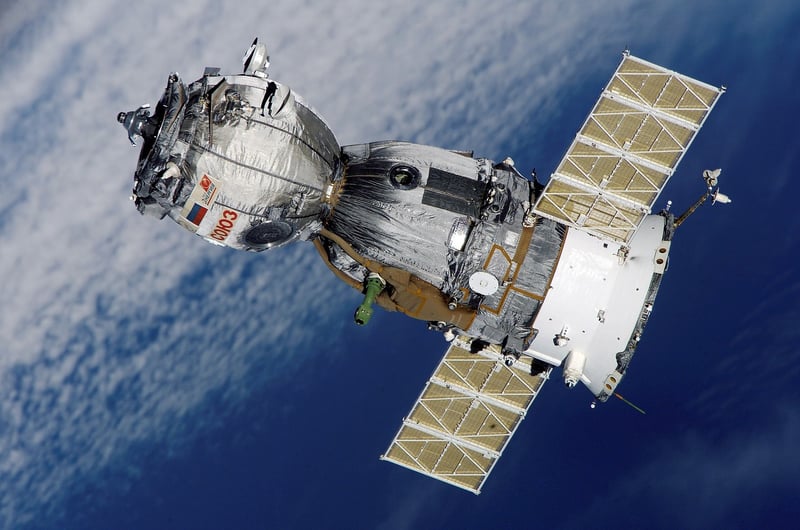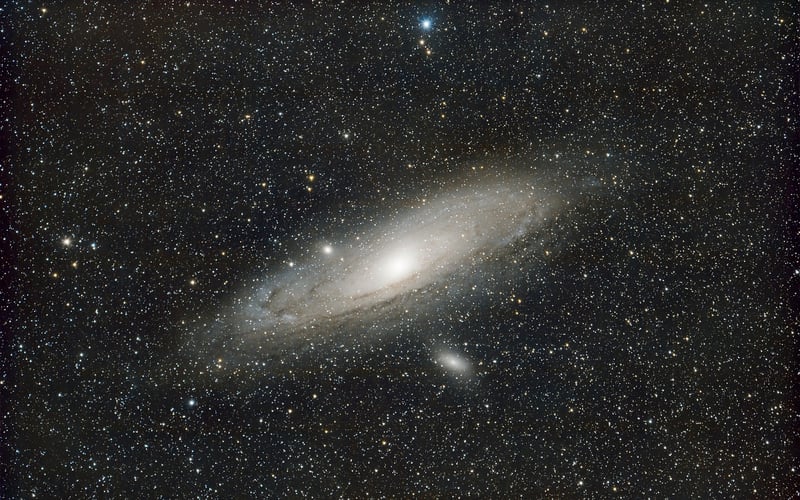Hyperdrive Technology
The Future of Space Travel: Cutting-Edge Spacecraft and Hyperdrive Technology

Space exploration has always captured the imagination of humanity, pushing the boundaries of what is possible. With the advancement of technology, we are now on the brink of a new era in space travel with cutting-edge spacecraft and hyperdrive technology.
Exploring the Cosmos with Cutting-Edge Spacecraft
Modern spacecraft are a marvel of engineering, designed to withstand the harsh conditions of space while carrying out complex missions. These spacecraft are equipped with state-of-the-art propulsion systems, advanced communication devices, and cutting-edge scientific instruments.
One of the most exciting developments in spacecraft design is the use of lightweight materials and advanced propulsion systems that enable faster travel through space. This allows for quicker exploration of distant planets, asteroids, and other celestial bodies in our solar system and beyond.
The Promise of Hyperdrive Technology

Hyperdrive technology is a theoretical propulsion system that could revolutionize space travel by allowing spacecraft to travel at speeds faster than the speed of light. This would open up the possibility of reaching distant star systems and exploring new galaxies in a fraction of the time it would take using conventional propulsion systems.
While hyperdrive technology is still in the realm of science fiction, researchers and engineers are actively working on theoretical models and prototypes to bring this concept closer to reality. If successful, hyperdrive technology could usher in a new era of space exploration and colonization.
The Future of Space Travel
As we look to the future, the combination of cutting-edge spacecraft and hyperdrive technology holds the promise of unlocking the mysteries of the universe and expanding humanity's reach beyond our own solar system. With each new technological advancement, we move one step closer to realizing the dream of interstellar travel and the exploration of new worlds.
Stay tuned as scientists and engineers continue to push the boundaries of what is possible, paving the way for a future where the stars are within our reach.
